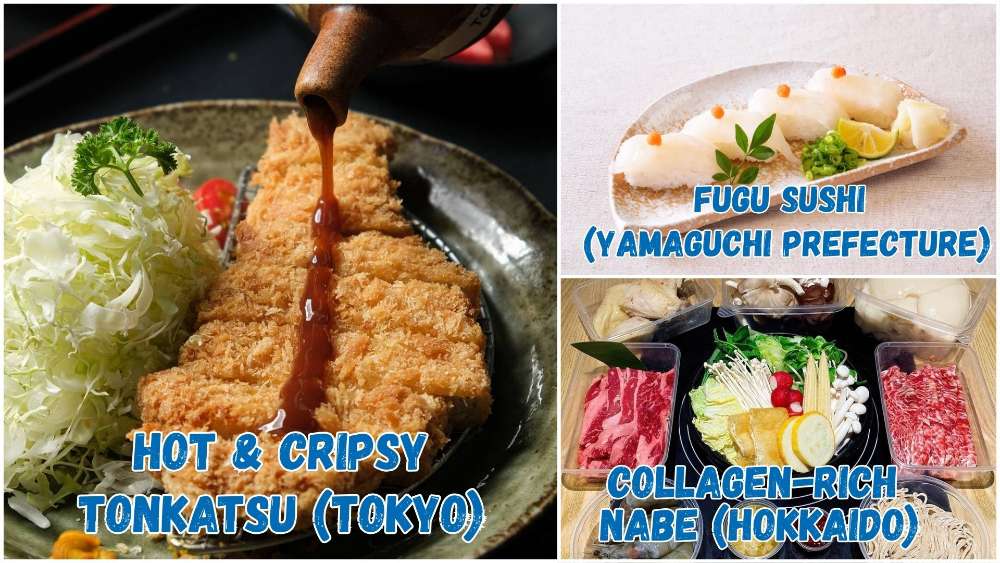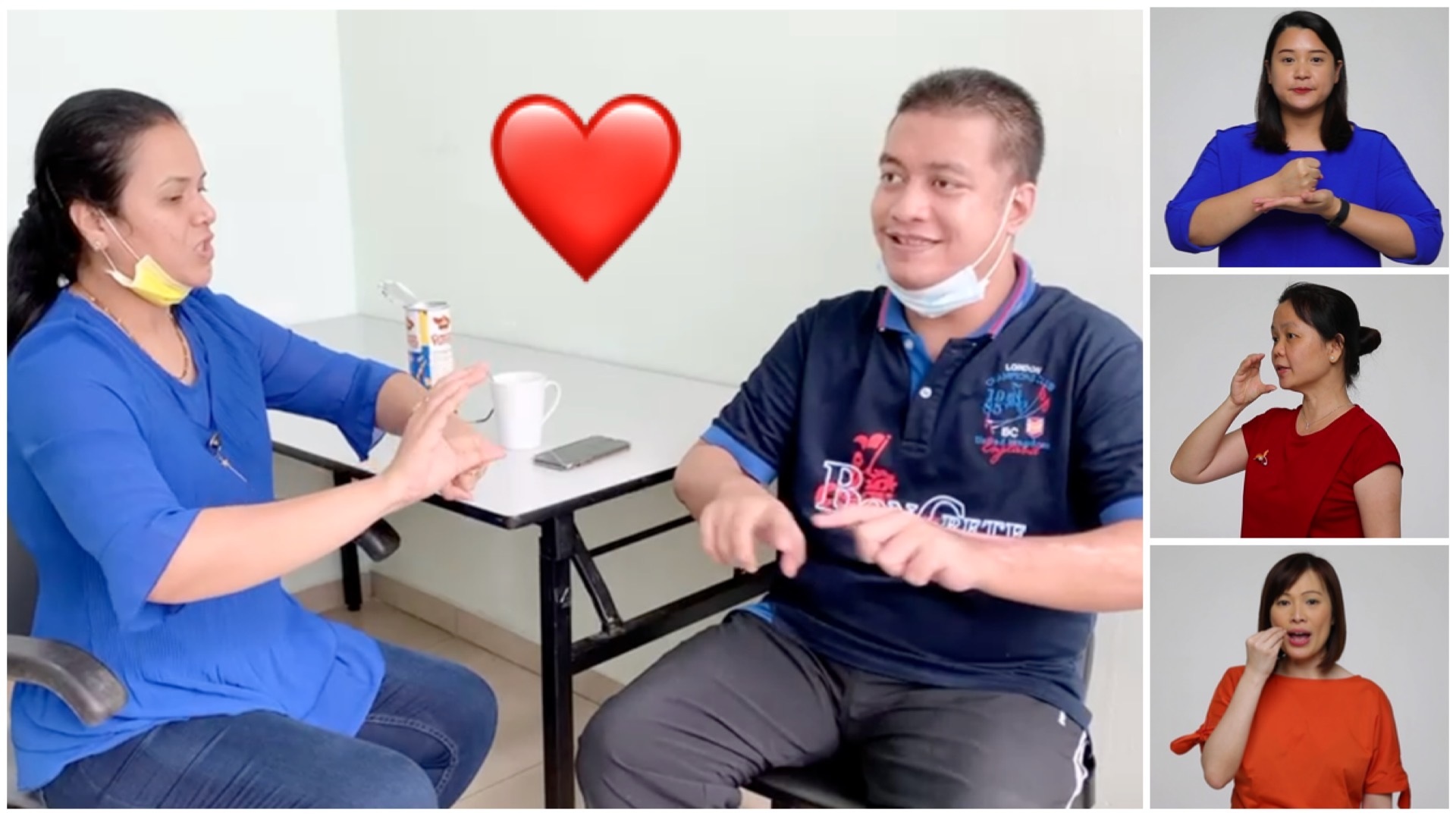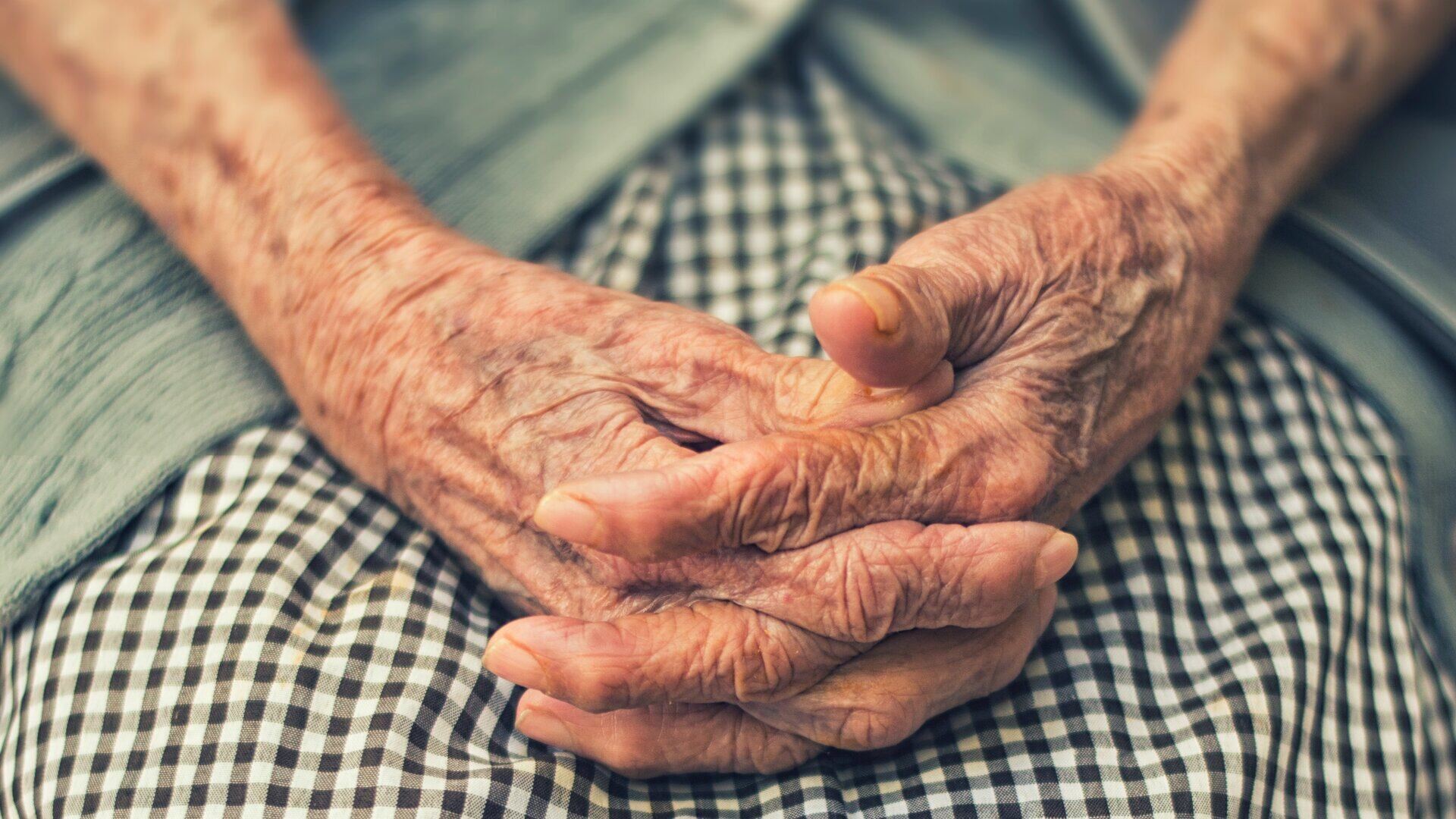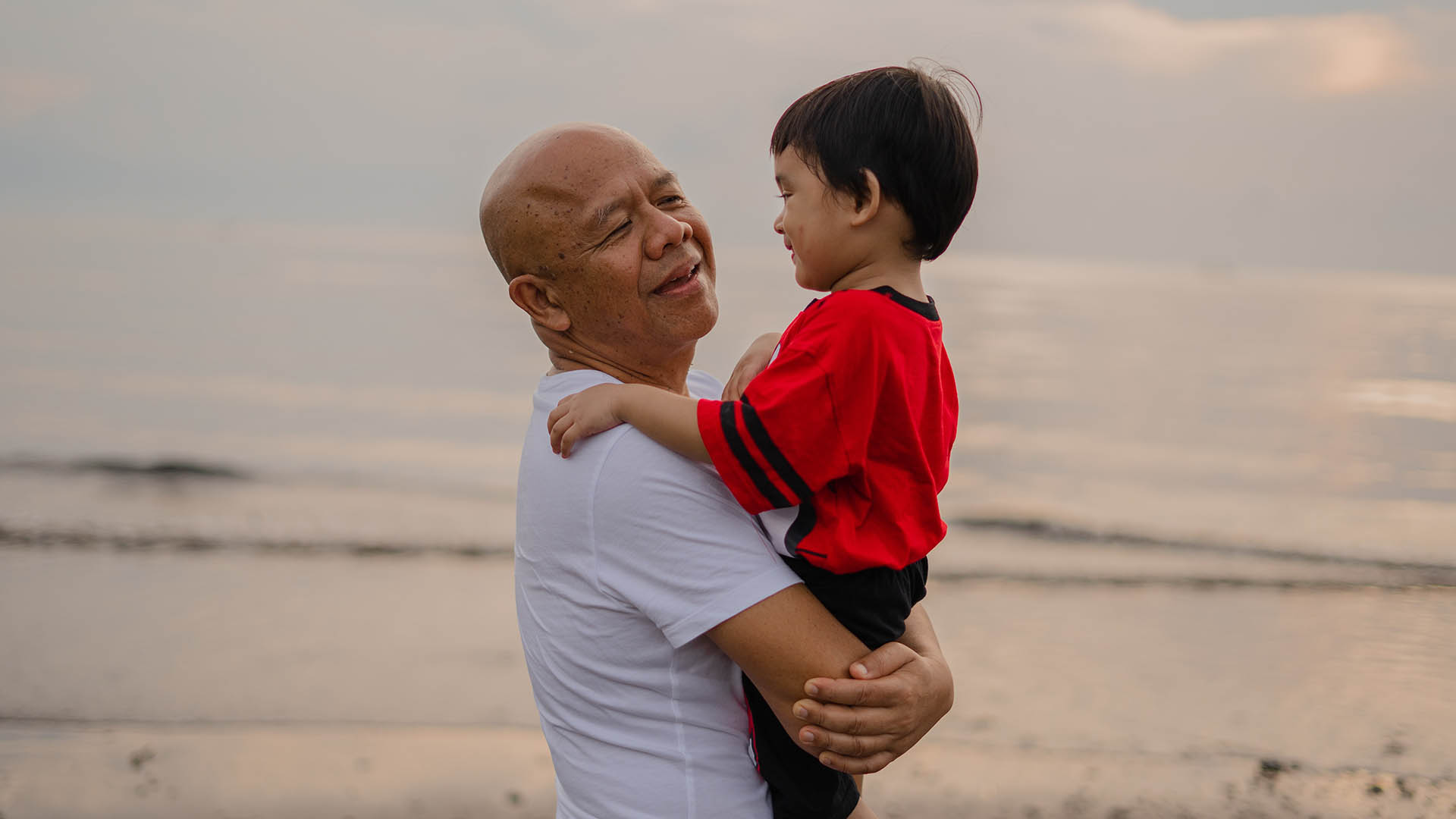Sign Of Hope: Siblings' Bond Strengthened Through New MINDS Approach
For Farina and Farhan, the duo shares a bond that goes beyond just being typical siblings. She is also her elder brother's caregiver. Farhan, who is 30 and a Person With Intellectual Disability (PWID), attends MINDS Tampines Training & Development Centre. MINDS stands for Movement for the Intellectually Disabled of Singapore.
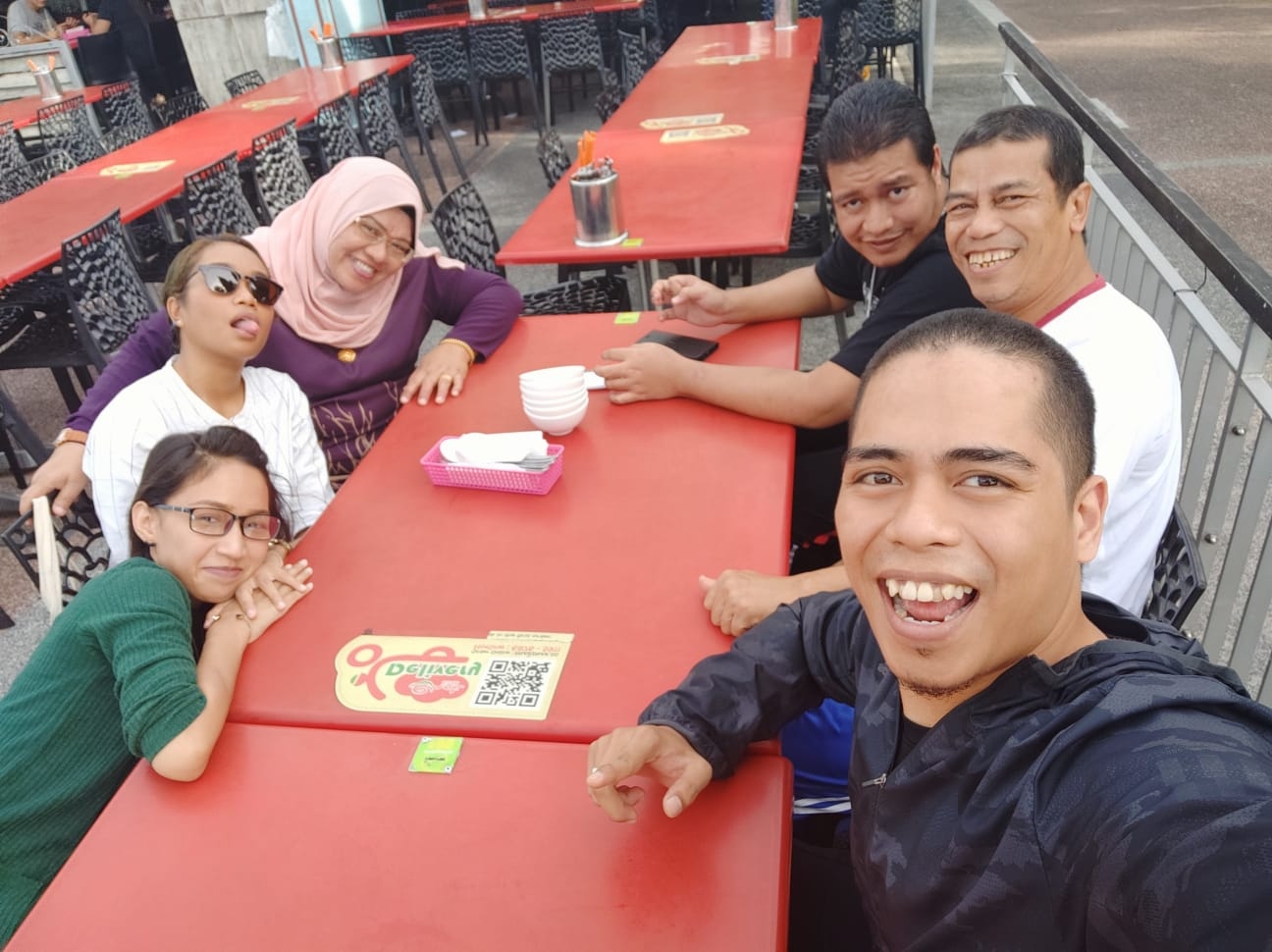
Farhan is a high support needs beneficiary with intellectual disability whose mode of communication is mainly through gestures and use of simple words. He is able to communicate with his family members through Key Word Sign (KWS), which uses manual signs and gestures to support communication.
In conjunction with International Day for Persons with Disablities today (3 Dec), MINDS launched Key Word Sign (Singapore), an alternative approach to support communication for persons with speech and communication disabilities.
Difference between Key Word Sign and sign language
While the deaf community here uses Singapore Sign Language, Key Word Sign is actually used together with speech as it is intended for people who can hear but have speech difficulties.
While the partner speaks in normal sentences, only the key words are signed or gestured, with appropriate facial expressions and body language to support the message.
Understanding her brother's needs
Ever since they were young, Farina has had to figure out the best way to interact with Farhan by following her parents' lead.
"There’s this sort of structure that he has to follow, so when he comes home, for example, he can say that he wants to go to the toilet," she explains. "At every point of his rituals, he will have to communicate with us. You can gauge from his actions what he actually wants."
This awareness increases tenfold when the family goes out together. "I tend to be more observant of his actions, to see whether we can gauge his emotions and feelings," says Farina. "Sometimes he feels uneasy if it’s a bit noisy. Then, he will be jittery."
A memorable episode for the 23-year-old was when her brother kept making a particular sign while they were at the MRT station. Initially confused, Farina ignored him and only realised later when she went to Farhan's training centre what he had been trying to tell her, as she saw the same signs there. "I realised he wanted to go to the toilet," she said, laughing.
Picking up KWS
In a bid to communicate with her brother more effectively, Farina decided to pick up KWS herself.
"Actually, a lot of it is me participating or being involved in talks or camps because we have this siblings camp, where the sibling caregiver will come together to interact with one another and see what their siblings do," says Farina. According to her, it is a refreshing way to learn about the similarities and differences between the other caregivers.
The benefits of KWS
Farina finds that KWS is simplified and is geared more towards a lot of natural gestures that allow her to communicate with her brother more effectively. "It also goes both ways," she adds. "A lot of it also comes from us being around him all the time and understanding his mood."
For more information about MINDS and intellectual disability, click here.
For the latest updates on Wonderwall.sg, be sure to follow us on TikTok, Telegram, Instagram, and Facebook. If you have a story idea for us, email us at [email protected].




